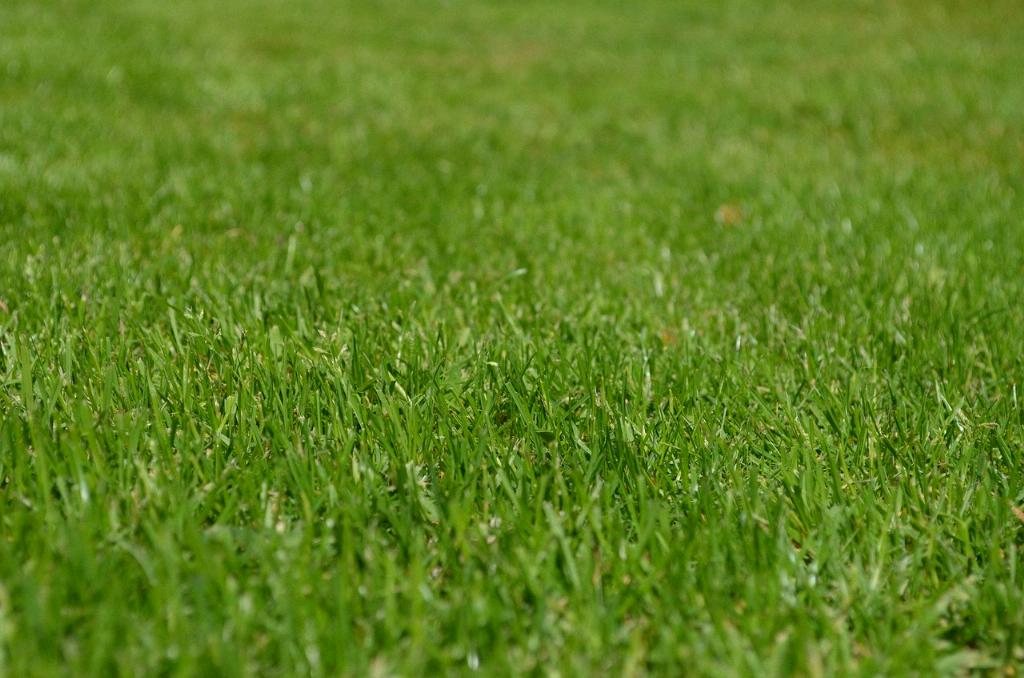So, your self-propelled lawn mower is giving you trouble, and you’re here to figure out how to fix it. No worries, I’ve got you covered with some expert tips to get your mower back up and running smoothly.
Inspect the V-Belt
The first step in tackling the issue is to inspect the v-belt. This crucial component connects to the pulleys and plays a significant role in driving your lawn mower forward. Check for any signs of wear and tear, like cracks or fraying, and replace the belt if necessary.
Check the Drive Pulley
Next, take a look at the drive pulley. This component is essential for transferring power from the engine to the wheels. Make sure the pulley is not damaged or worn out, as this can hinder the self-propel mechanism. If needed, lubricate the pulley to ensure smooth operation.
Inspect the Self-Propel Cable
Don’t forget to check the self-propel cable. This cable is responsible for engaging the self-propel system when you squeeze the handle. Look for any kinks or damage in the cable, and make sure it is properly connected to the transmission. Adjust or replace the cable if necessary.
Check the Transmission
The transmission is a critical part of the self-propel system in your lawn mower. Inspect the transmission for any leaks, damage, or debris that may be interfering with its operation. Clean the transmission and add fresh oil if needed to ensure it functions correctly.
Inspect Gear Box and Wheels
Another essential step is to check the gear box and wheels of your lawn mower. The gear box houses the gears that drive the wheels, so make sure it is in good condition. Additionally, examine the wheels for any damage or excessive wear that could be affecting the self-propel function. Replace any worn-out parts as required.

Check Tension on V-Belt
Finally, check the tension on the v-belt. A loose or improperly tensioned belt can cause the self-propel system to malfunction. Adjust the tension of the belt according to the manufacturer’s guidelines to ensure optimal performance.
By following these steps and conducting a thorough inspection of your lawn mower’s self-propel components, you’ll be able to diagnose and address the issue effectively. Remember to perform regular maintenance on your mower to prevent future problems and keep it running smoothly for years to come.
